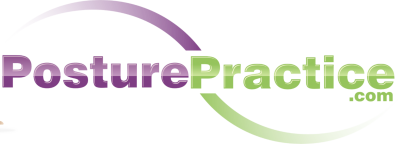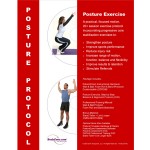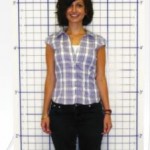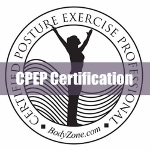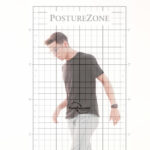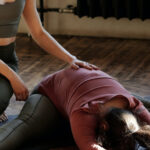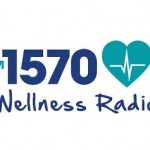Postural Intervention After Stroke
Managing Postural Imbalances After Stroke
For stroke survivors, regaining functional mobility and independence often hinges on retraining balance, gait, and posture. Hemiplegia from stroke commonly manifests in pronounced postural asymmetries, shortened limbs, and torso lateralization towards the non-paretic side.
This shifts the body’s center of mass, increasing fall risks, curtailing mobility, and hampering activities of daily living. For experts in stroke rehabilitation, effectively addressing these postural deviations and gait abnormalities is essential for patients’ recovery. Integrating posture assessments into initial and ongoing evaluations illuminates specific postural limitations to target with therapies.
The Value of Serial Posture Analyses
Studies show that up to 83% of acute stroke patients present with postural instability, greatly increasing fall risks in the 6 months post-stroke. At chronic stages, quality of life is closely tied to lingering postural imbalances. Postural rehabilitation is thus critical for regaining independence in activities of daily living after a stroke.
During evaluations, a posture grid analysis captures anterior, posterior, and lateral views of patients in a natural standing position. Comparing photos over the course of rehabilitation illuminates postural asymmetries and weight distribution issues resulting from hemiparesis.
Consistent posture analyses quantify gait improvements and reveal needs for continued or adaptive therapies.

Monitoring Home Exercise Progress
Posture focused exercise programs like StrongPosture provide guided sessions to stretch, strengthen, and mobilize the body through full ranges targeting postural symmetry. Serial posture analyses during these programs quantifies progress and reveals specific muscle groups needing more focused work.
Patients appreciate the visible improvements, which motivates continuing exercises independently between therapy visits. Follow-up posture checks confirm proper technique and alignment being practiced at home. This continuity between supervised rehab and self-guided practice leads to better stroke rehab outcomes.
Optimizing Rehabilitation at Each Stage
For acute ischemic strokes, monitoring early postural changes helps determine the pace and intensity of mobilization to prevent deconditioning versus falls. It also informs prognosis for recovery. In hemorrhagic strokes, posture asymmetry and head positioning guides rehab pacing and medication use.

With TIAs, recurrent events frequently reflect vascular instability. But postural declines may indicate emerging neurological damage requiring imaging and medications. For chronic stroke complications like shoulder subluxation, posture analysis identifies needs for bracing, Botox, or surgery.
Patients appreciate visible posture progress, which boosts engagement in therapeutic exercises and mobility work. For families, objective data builds appropriate expectations for realistic recoveries. Documented posture photos also facilitate insurance approvals for ongoing therapies.
While adding minimal time to evaluations, posture analysis provides vascular neurologists and stroke rehab specialists with objective measures for quantifying progress, guiding interventions, and educating patients. Given the data showing lasting postural instability even years post-stroke, making posture assessments a clinical cornerstone ensures the best outcomes.
Efficiency of physical therapy on postural imbalance after stroke: study protocol for a systematic review and meta-analysis. BMJ Open. 2017, A Hugues, J Di Marco, P Janiaud, Y Xue, J Pires, H Khademi, M Cucherat, I Bonan, F Gueyffier, and G Rode
Postural instability years after stroke. J Stroke Cerebrovasc Dis 2020 Sep;29(9):105038. Epub 2020 Jun 23, Zsófia Halmi, Trevor W Stone, Elek Dinya, Judit Málly
For more about StrongPosture® and to incorporate it in your practice get the Posture Rehab Exercise Program and take the latest training via online continuing education course.
.
.
.
